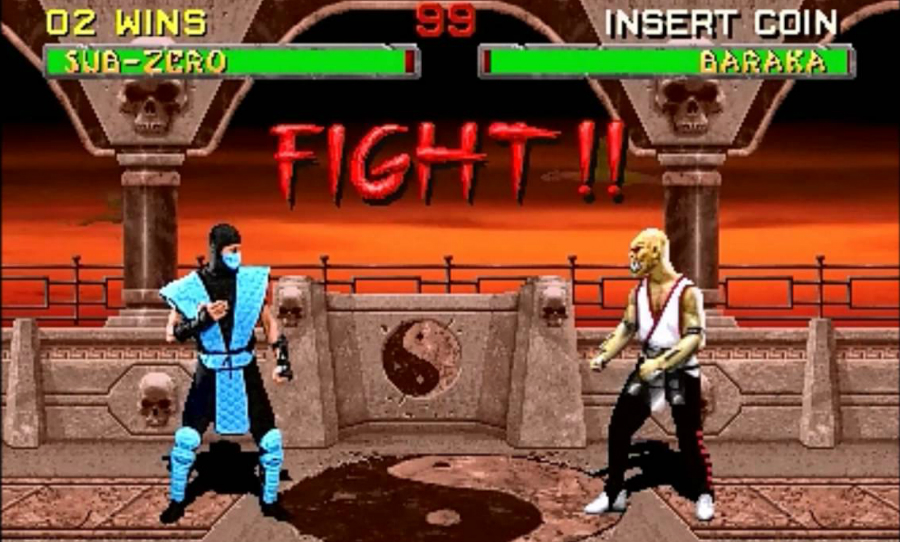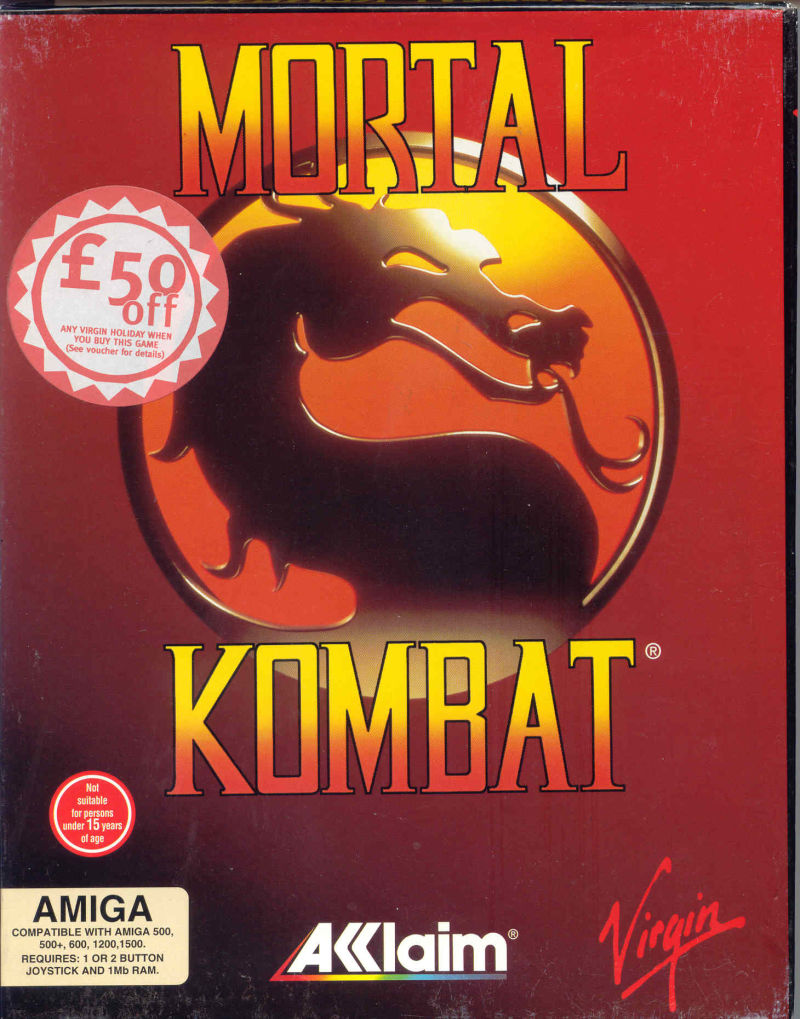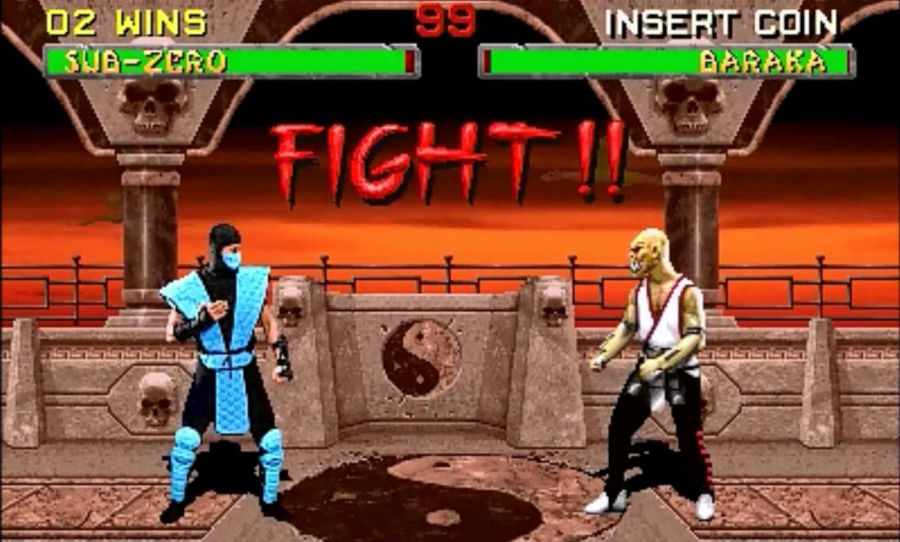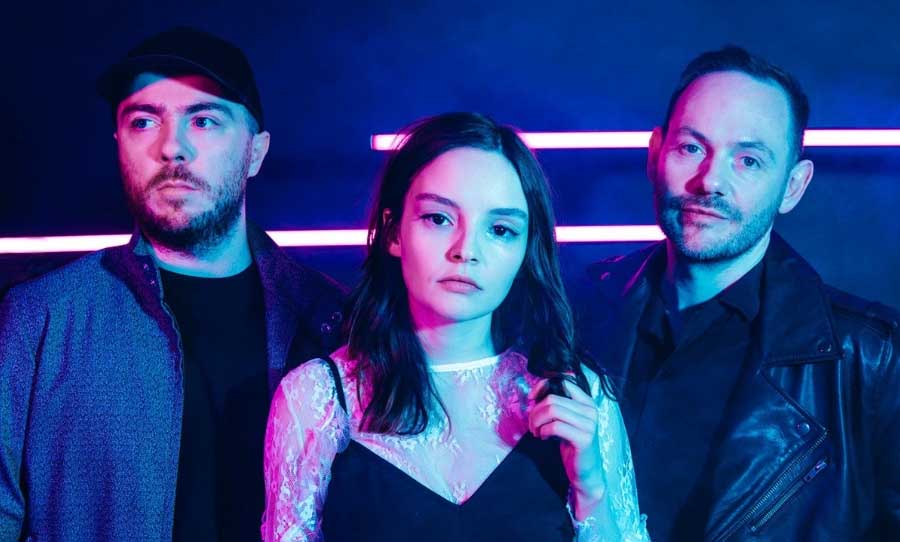From its roots in the hazy corners of bowling alley arcades to a 4K, AAA release, Mortal Kombat has seen 24 entries in its main series and is now a global giant in gaming, though it has stirred up quite a bit of controversy for its taboo content along the way.
This is how an early ’90s arcade fighter became the most “violent and offensive” game in history.
From its humble arcade roots in 1992, Mortal Kombat is now one of the most widely beloved gaming franchises in the world, with 25 years of lore behind it.
Arcade Origins
Mortal Kombat began in 1992 as a 2D arcade game. Mythical monsters and powers were quickly latched onto by kids of the era. At the time Street Fighter II was the most popular fighting game, yet Mortal Kombat introduced back story and lore to its mystical, multi-dimensional world that quickly earned it a cult following.
Originally, Mortal Kombat was designed as a promotional vehicle for Hollywood martial artist Jean-Claude Van Damme who starred in Double Impact the previous year.
“So the fiction behind Mortal Kombat was kind of already in development even prior to us chatting with Van Damme, and when he ended up not being involved, we just kind of marched ahead,” series co-creator John Tobias told Polygon.
“So the idea of his involvement was he was either going to play himself in the game, in the fiction of the game, or he was going to play a character in the fiction of the game. His character is eventually what became Johnny Cage.”
What Tobias never foresaw, however, was how fans became fascinated with the storyline. As arcade games were generally very limited vehicles for storytelling, players became obsessed with artist bios and any information they could find.
“We walked into an arcade on one of our test locations and the players weren’t playing the game,” Tobias explained. “They were standing around the game not letting anyone play because they were letting the attract mode play through and they were reading the bios of the characters. And so we became concerned that, ‘Oh shit, the players, they’re not playing the game; they’re trying to read the bios in the attract mode. And if they’re doing that, they’re not putting a token in the machine.'”
As a result, the first few games focused on hinting at stories and sub-plots in the characters’ backgrounds rather than injecting narrative arcs. As not everyone could be a winner of the tournaments, the character endings were staged as outlandish ‘what ifs’. But what Tobias didn’t know, is that he was unwittingly launching a franchise.
“We had to be careful of the setting, the theme, the high-level premise, each character’s individual stories, and how, even when the player looks at them, just in their mind they’re able to fill in the blanks,” Tobias explained.
Censorship Controversy
In 1993’s Mortal Kombat II the arcade game introduced further violent fatalities for each character and, as a result, entered the spotlight for content censorship.
In 1993, congressional hearings were held on video games by Democratic Party Senator Herb Kohl and Senator Joe Lieberman. Their attempt to censor video games like movies was dangerous for the fledgling franchise, but also saw it achieve massive popularity.
On September 13, 1993, now referred to as ‘Mortal Monday’, the stores were packed with two million copies of the game, which disappeared in record numbers as kids flocked by their thousands. By now the game’s fatalities had begun to veer into Itchy-and-Scratchy territory, but the developers were very aware of that and even begun to mock itself in-game.
‘Babalities’ were introduced for those who wanted to turn their foes into infants, as well as ‘Friendships’ for a less violent ending to a match.
In 1994, all versions of the game were confiscated in Germany, and a censored version was issued in Japan with green blood and black and white fatality scenes. This made the game even more alluring to kids.
By the time the Mortal Kombat made the jump to consoles in 1996, they had made four successful arcade games and their popularity in the public eye had reached critical mass.
2011 Reboot
Due to new games like Grand Theft Auto taking the spotlight for heightened violence against innocent civilians, Mortal Kombat faded into relative obscurity. For the next four years, a number of attempts tried to re-invigorate the series, though they all more or less flopped and the developer changed hands.
In 2011 Mortal Kombat burst back onto the scene in big ways with enhanced graphics and highly visceral gore. Hitting the shelves in April, this was the game that brought the long-standing series back to its roots and is widely recognised as the greatest Mortal Kombat game of all. A challenging competitive experience that can go up against any of entries from Tekken or Street Fighter.
Once again, the revamped gore mechanics shone a significant spotlight on the genre attracting more controversial attention than ever. And once again it only helped the game.
Modern Mortal Kombat
Today, the franchise is one of the most respected and nostalgic games in history. As a series that began as a way to jump on an emerging genre, Mortal Kombat has gone on to set more trends than it follows.
In 2019, Mortal Kombat 11 was released to wide critical acclaim and solidified the franchise as one at the peak of its game.
That being said, Mortal Kombat 11 developers were diagnosed with PTSD after spending extended periods of time working with the visceral visuals and violent themes. Various workers reported avoiding sleep due to having such distressing nightmares. As a result, the developers copped considerable backlash for not implementing correct health standards for their employees.
Nevertheless, Mortal Kombat is among the most enduring fighting franchises around, documenting not only the evolution of the genre but of gaming itself. From the dusty arcade to the Genesis, Playstation 1 and now 4K consoles, as long as kids have nightmares there will be Mortal Kombat.



